Confessions of a 40 year Goggo owner


German Goggo motorscooters were never sold in the US but a few were imported privately. We brought one back from Germany in 1962 - by all accounts it was the second one to enter the US - and have been tracking them ever since. (Those above aren't mine. That's down below.) We learned that in the 50s in Los Angeles a wannabe dealer advertised them in the newspaper. He evidently got no orders and never opened a dealership or imported any.
In the early 50s Robert Bannister brought one back to Long Island after a trip to Europe. He lost track of it in 1955 after selling it to an employee of the Grumman factory in Bethpage. Had it survived it would have been serviced at nearby Ghost Motorcycles in Port Jefferson, a major regional cycle center. Inquiries there in the early 60s were fruitless. No one at Ghost had ever seen a Goggo scooter until I rode in. It appears that Bannister's was either wrecked, junked, or exported.
Always a niche collectible in Europe, in recent years US interest in the Goggo picked up and close to a dozen have now been imported.
We kept ours for 39 years and sold it in 2001 in unrestored running condition to collector Michael Sherman in Oregon.

That's mine. Goggos attract pretty girls.
The one below is in a microcar museum in Georgia owned by Bruce Weiner who owns Double Bubble chewing gum.
Weiner is one of the world's leading microcar collectors, with scooters as a sideline.

Two we know of are long shot restoration candidates.
Others are either restored in running condition or soon will be.
We'll get to those below.
There's a story about one of the wrecks. By unusual coincidence it was discovered in the late 60s in Louisa, Virginia, a small farming community 30 miles from where I live.
Echoes of colonization. The only two Goggos in the new world were 30 miles from each other in Virginia!
The machine had been brought from Germany to Richmond by a serviceman who wrecked it. A flaky motorcycle collector acquired it and brought it to his Louisa warehouse. A mutual friend told me about it.
What I found in Louisa was a basket case exposed to the weather on a loading dock. The sidecar was ok, though. For years the flake refused to discuss selling it or bringing it inside under cover. He let it rot. When it was a mound of rust he sent it to the county dump. Sweet.
Another odd coincidence. Two years after we shipped our Goggo to Portland, Oregon, a graduate student at the Univ. of Virginia here in town bought a Goggo from Scooter Station, a dealer in ... Portland! No, she didn't get mine, hers is the same Luxus model but a different year. Is Jennifer Cox the only woman in the US with a Goggo? She's moving to New York City after spring 2004 graduation and in late May told me she wants to sell it. You can click this link to ask her for details jcox@pbs.org.
We had a letter and picture of the Goggo prominently displayed in the March, 1971, issue of "Motor Cyclist" but no one answered a call for leads to others, aside from the report of the LA newspaper ad.

That's my wife who fearlessly used to ride a Vespa around Cleveland.
Our model is a 200cc Luxus, 1954, made by Hans Glas GmbH, Dingolfing, Bavaria.
Here's the original sales information:

Goggos were delivered with any of three JLO engines - 125cc, 150cc, and 200cc

And you could get it with a sidecar

Or a different sidecar

Or yet a different sidecar, and on the left rather than the right like this one in Sweden.

Photos courtesy of Attila Bethlenfalvy, Akron, Ohio.
Atti is a scooter and microcar guru, and the most active US Goggo collector.
He has several including this gorgeous restoration:

and

this one with a rare MASTER sidecar made in the Netherlands.
Atti changed his email address in 2004 and we lost him. Any help with that would be appreciated.
Another newly imported Goggo

belongs to Hansjorg Strube of Carlsbad, CA. He found this 1953 model in Germany.
Notice the absence of dashboard in this model


Bruce Weiner's Museum
It was Atti who told us about Weiner's museum in Madison, GA. Madison is midway between Atlanta and Augusta south of Athens. Visits can be arranged, 706-343-9937. On Memorial Day weekends in certain years  Bruce hosts a 3-day Microcar show that's great fun. You can take a virtual tour of his museum and see all these marvelous cars at http://www.microcarmuseum.com/
Bruce hosts a 3-day Microcar show that's great fun. You can take a virtual tour of his museum and see all these marvelous cars at http://www.microcarmuseum.com/
The museum's Goggo is the same year as mine, 1954, but not the same model.

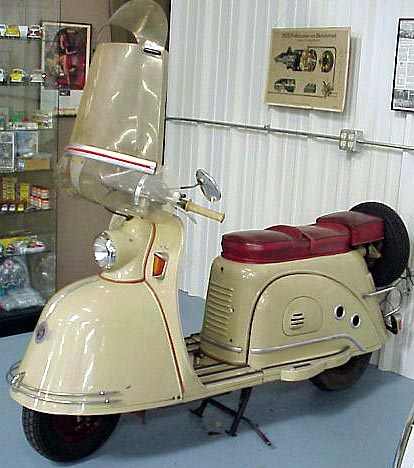
Bruce has a TA 54 Standard. Mine was a TA 55 Luxus. Differences are:
- the tires. TA 54 takes 4.0 x 8, Luxus takes 4.0 x 10
- the profile of the bottom of the front fender and the fender trim are different
- the left engine cover vent holes are a removable plate on the TA 54, just slots punched on the Luxus
- the wheelbase is 1352 mm (4' 5") on the TA 54, 1372 mm (4' 6") on the Luxus
- the overall length of the TA 54 is 1870 mm (6' 1"), the Luxus is 1900 (6' 3")
- the curb weight of the TA 54 is 125 kg (275 lbs), the Luxus is 132 (290 lbs)
- the gross weight with passengers and luggage of the TA 54 is 290 kg (638 lbs), the Luxus is 300 (660 lbs)
Trim differences between Bruce's and mine are different original windshields and seats, directional signals retro-fitted on Bruce's, and his has a vertical taillight rather than horizontal.
Parts for Goggo scooters can still be found
One marvelous source is the Goggo DataPac CDROM. This is a CD full of scanned original manuals and parts lists. They're stored in two resolutions, one for viewing on-screen, the other for color printing. You can produce your own reproductions of the original Manuals and Parts Lists.
It was produced by Thomas Kreuzer who runs a Goggo website in Germany at www.alte-roller.de . Click on the link glas goggoroller and on the next page click on the CD which will bring up an order blank.
If you need to check out cost of shipping, etc., Tom's email address is goggo@alte-roller.de (English ok.) Tom also may be able to find NOS or used parts for your Goggo.
Other parts sources:
Uwe Staufenberg Goggomobil
Uwe's parts can be found in eBay auctions or ordered from him at
Gollenhof 8 D-71397 Weiler zum Stein Germany
Telephone 01-49-7195-920-543
Fax 01-49-7195-920-544
Fa. Ference Wald
Trendelburger Weg 28
34385 Bad Karlshafen
Germany
I discovered my Goggo in June, 1962, in the glare of spotlights, dominating the middle of a GM Opel dealer's showroom in Freiburg im Breisgau on the edge of the Black Forest. It was a recent trade-in and was gorgeous, far nicer than any Opel. Not a scratch away from brand new. I bought it on the spot and drove off to continue touring Western Europe. It came to the states in September on the M.S. Berlin, where it shared cargo space with a BMW R600 being brought back by Joe Iffelfinger, a Harvard student who by chance was both my neighbor in a youth hostel one night and my cabin mate on the ship the next.
When the longshormen in NYC unloaded the bikes, they put both on the same pallet and 12" above the pier, they dropped the pallet. The BMW fell over and its beautiful saddle was soundly punctured by the Goggo kickstand. Joe was mighty pissed.
DETAILS - Serial Number 548 35562
- JLO Motor #788893 Type M 200 V (197cc) developing 9.5 horsepower @ 4900 rpm
- 132 kg curb weight (290 lbs)
- 300 kg gross weight (660 lbs) w/passengers & baggage
- Top speed 105 km/h, (65 mph)
- Odometer reading when sold 27k, about 17,000 miles
- First titled September 5, 1956, in Freiburg
- Retitled March 10, 1967, in Virginia
- Aside from the title we surrendered to Virginia, every paper ever issued for it went to the new owner.
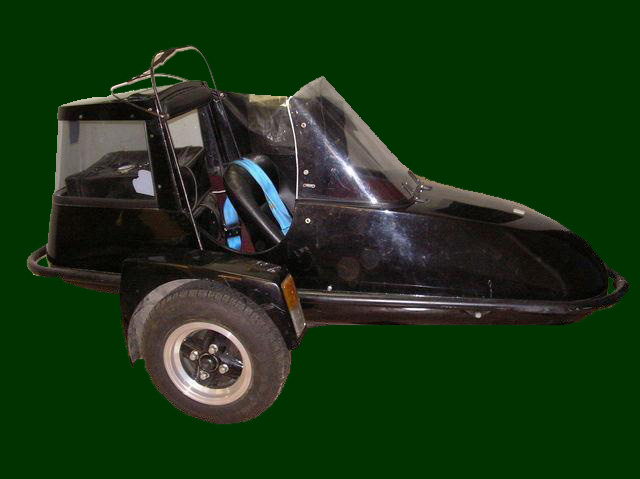
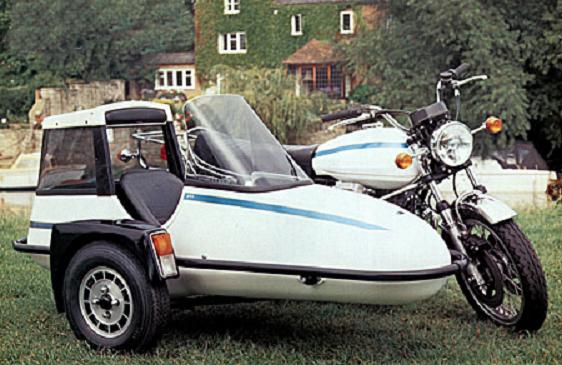
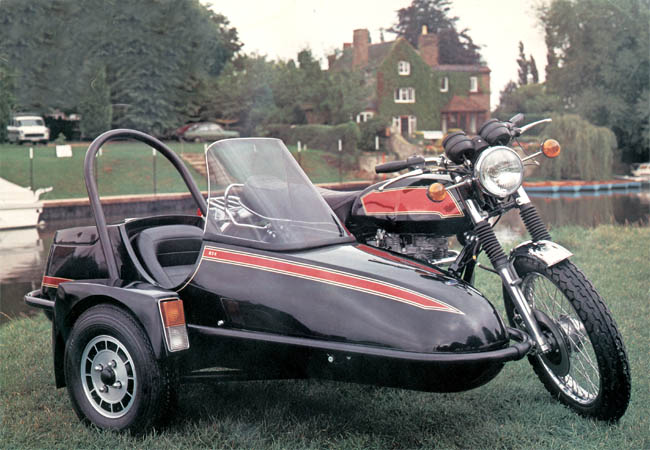
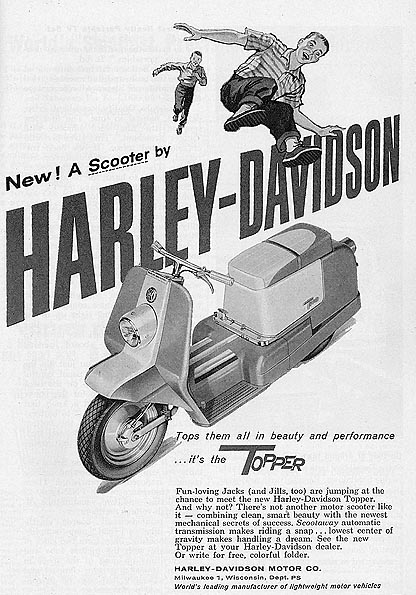
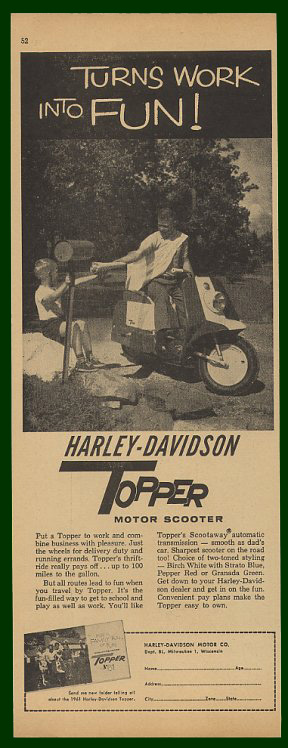
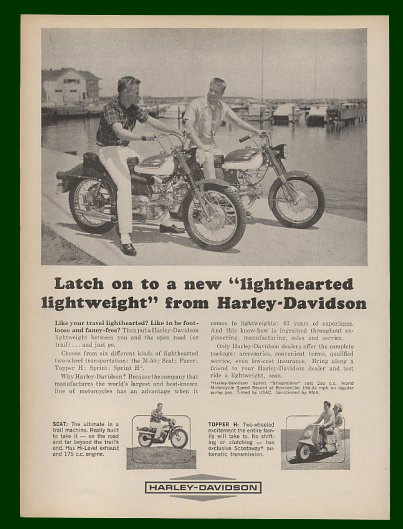
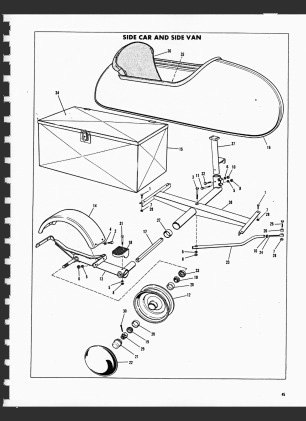

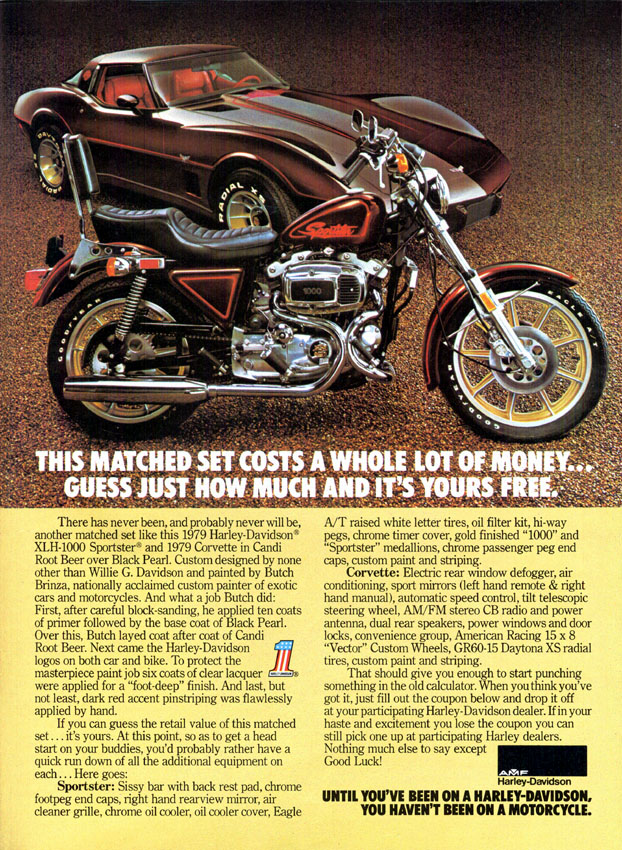
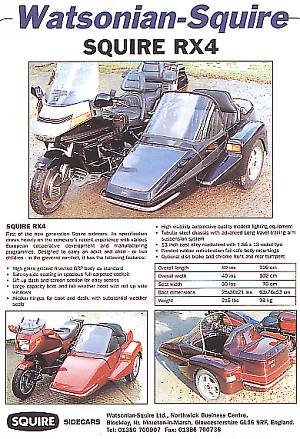











































 Bruce hosts a 3-day Microcar show that's great fun. You can take a virtual tour of his museum and see all these marvelous cars at
Bruce hosts a 3-day Microcar show that's great fun. You can take a virtual tour of his museum and see all these marvelous cars at 
